
Senior physics writer Emily Conover joined Science News in 2016. She has a Ph.D. in physics from the University of Chicago, where she studied the weird ways of neutrinos, tiny elementary particles that can zip straight through the Earth. She got her first taste of science writing as a AAAS Mass Media Fellow for the Milwaukee Journal Sentinel. She has previously written for Science Magazine and the American Physical Society. She is a two-time winner of the D.C. Science Writers’ Association Newsbrief award, and a winner of the Acoustical Society of America’s Science Communication Award.

Trustworthy journalism comes at a price.
Scientists and journalists share a core belief in questioning, observing and verifying to reach the truth. Science News reports on crucial research and discovery across science disciplines. We need your financial support to make it happen – every contribution makes a difference.
All Stories by Emily Conover
-
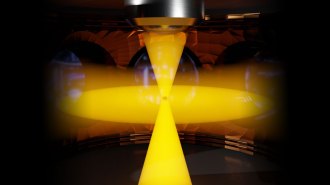 Quantum Physics
Quantum PhysicsPhysicists exploit a quantum rule to create a new kind of crystal
Cold atoms can form crystals as a result of the Pauli exclusion principle.
-
 Physics
PhysicsPhysicists have found a way to foil a classic oobleck science trick
Cornstarch and water solidifies under impact, but a new technique can make it remain a liquid.
-
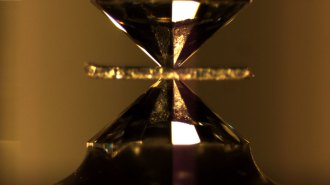 Physics
Physics50 years ago, superconductors started feeling the pressure
Today, high-pressure superconductors are a hot topic. 50 years ago, scientists were just starting to explore the possibilities.
-
 Physics
PhysicsA newfound superconducting current travels only along a material’s edge
In a first, scientists spot electricity flowing without resistance on the rim of a topological superconductor.
-
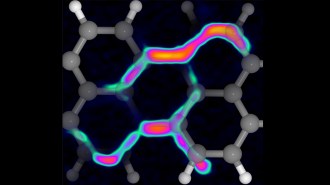 Physics
PhysicsScientists ‘strummed’ a molecule’s chemical bonds like guitar strings
Scientists dragged an atomic force microscope tip, with a single carbon monoxide molecule dangling from it, across a chemical bond.
-
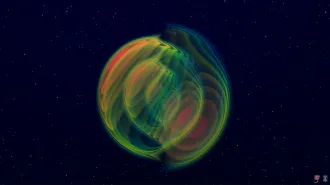 Physics
PhysicsGravitational waves have revealed the first unevenly sized black hole pair
For the first time, LIGO and Virgo scientists spotted gravitational waves produced when one big black hole merged with a smaller one.
-
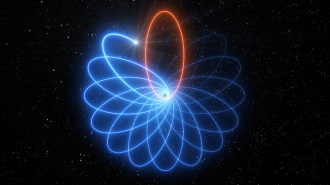 Physics
PhysicsA star orbiting the Milky Way’s giant black hole confirms Einstein was right
An oddity previously seen in Mercury’s orbit has been spotted in a star circling the supermassive black hole at the Milky Way’s center.
-
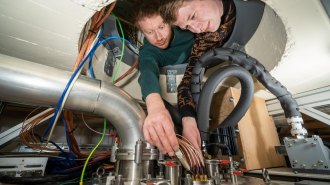 Quantum Physics
Quantum PhysicsNew quantum computers can operate at higher temperatures
Silicon chips operate at higher temperatures than many others, raising hopes for building quantum integrated circuits.
-
 Math
MathTo cook a perfect steak, use math
As a steak cooks in an oven, movement of liquid within the meat causes it to become extra juicy in the center in a way that can be predicted by mathematics.
-
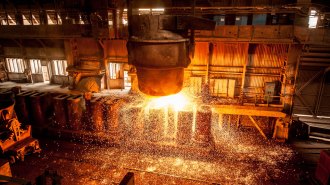 Science & Society
Science & SocietyHow materials science has changed humankind — for better and worse
As people began wielding new materials, the technologies fundamentally changed humankind, the new book ‘The Alchemy of Us’ argues.
-
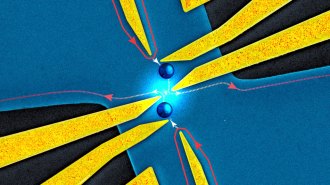 Physics
PhysicsCollisions reveal new evidence of ‘anyon’ quasiparticles’ existence
Scientists report evidence that a class of particle called an anyon appears in two-dimensional materials.
-
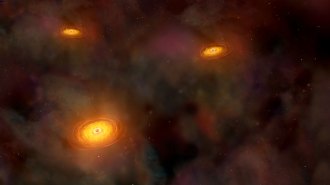 Quantum Physics
Quantum PhysicsQuantum mechanics means some black hole orbits are impossible to predict
Computer simulations reveal that foreseeing the paths of three orbiting objects sometimes requires precision better than the quantum limit.